Conservation in Action
Current Conservation Projects
Our team supports a variety of conservation programs and projects, including partnerships with local and international organizations.
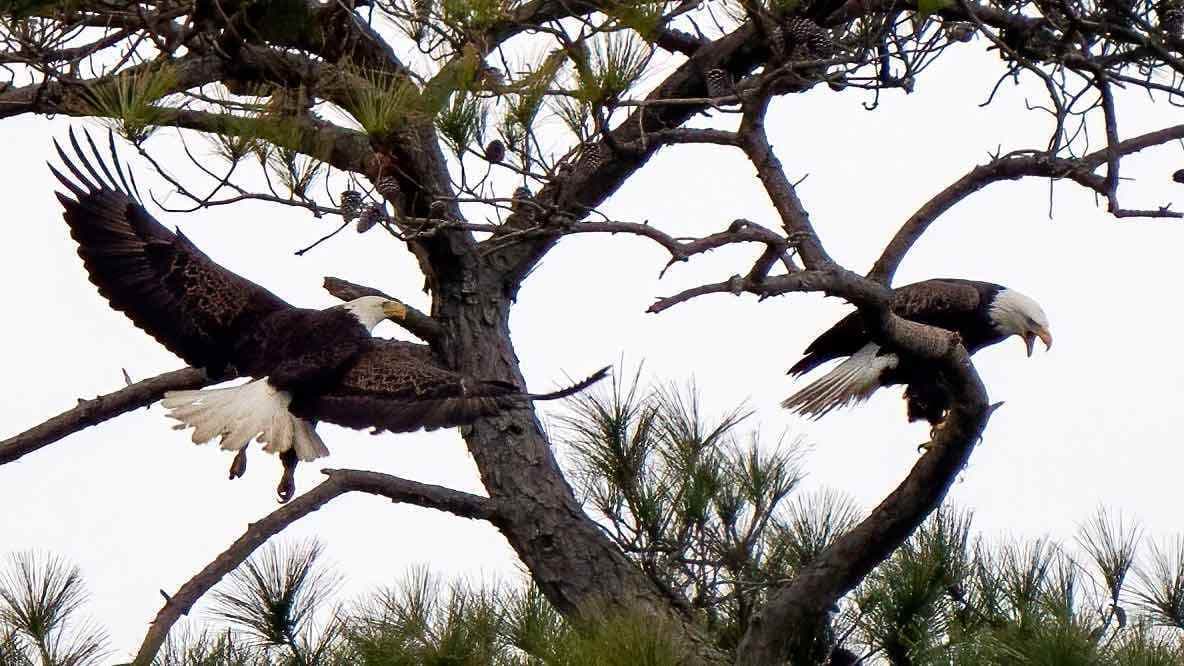
30x30 Initiative
The 30x30 intiative aims to designated 30% of US land and waters as protected space by the year 2030. The campaign is part of a larger global movement calling for more safeguards for natural habitats worldwide.
About 30x30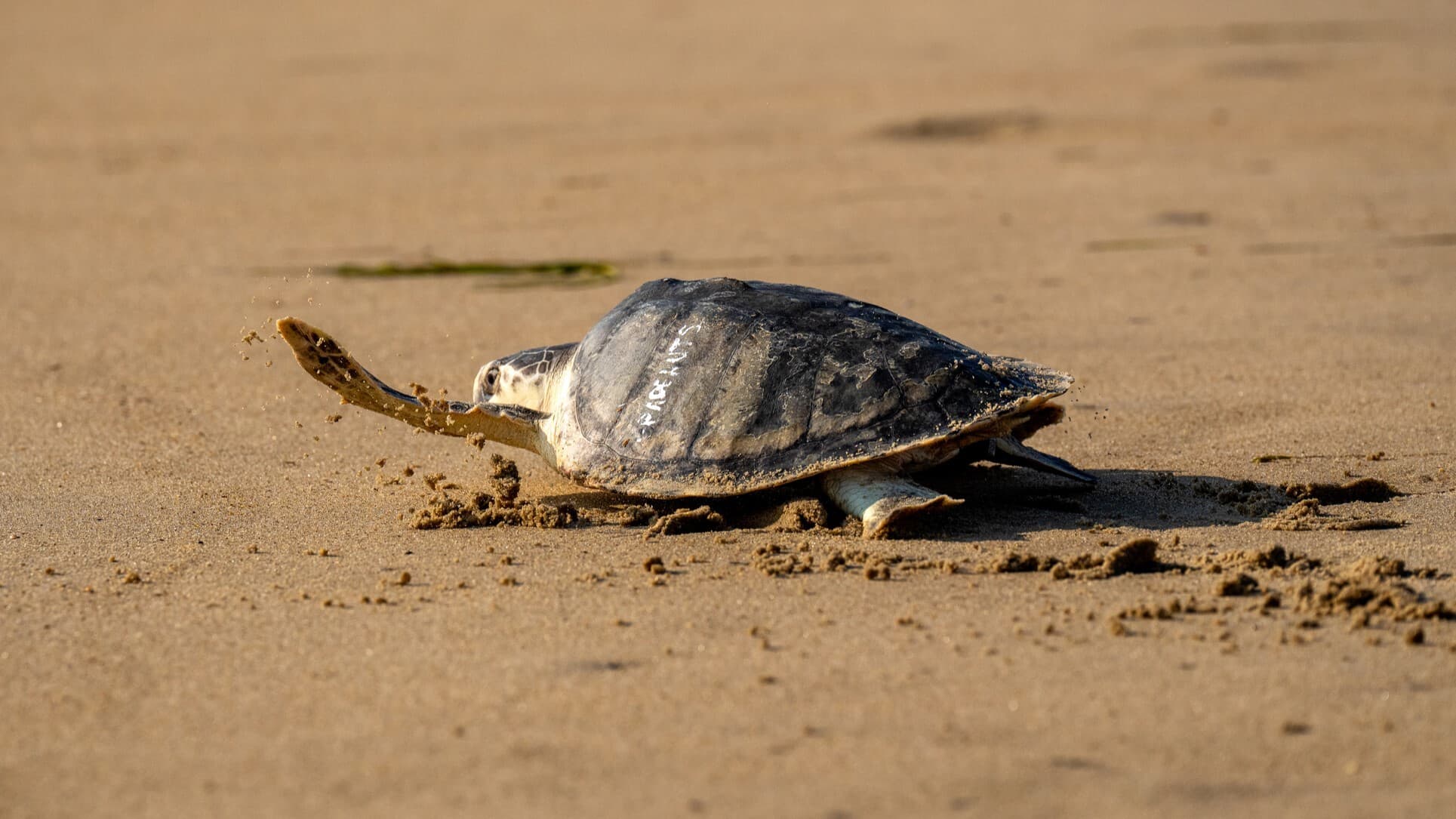
AZA Sea Turtle SAFE
Saving Animals From Extinction (SAFE) is a collaboration among members of The Association of Zoos & Aquariums (AZA) with field-based partners aiming to conserve threatened species. Our Aquarium supports the AZA's Sea Turtle SAFE Program to protect the world's turtles, with a focus on critically-endangered Kemp's ridleys and Eastern Pacific leatherbacks.
About AZA SAFE
E-Cycling Events
Our team hosts E-Cycling Events annually to collect old electronics along with other waste materials for safe and responsible disposal. Since 2009, we've collected nearly 700,000 pounds of e-waste! Learn more about these events and how to get involved through volunteering.
About E-Cycling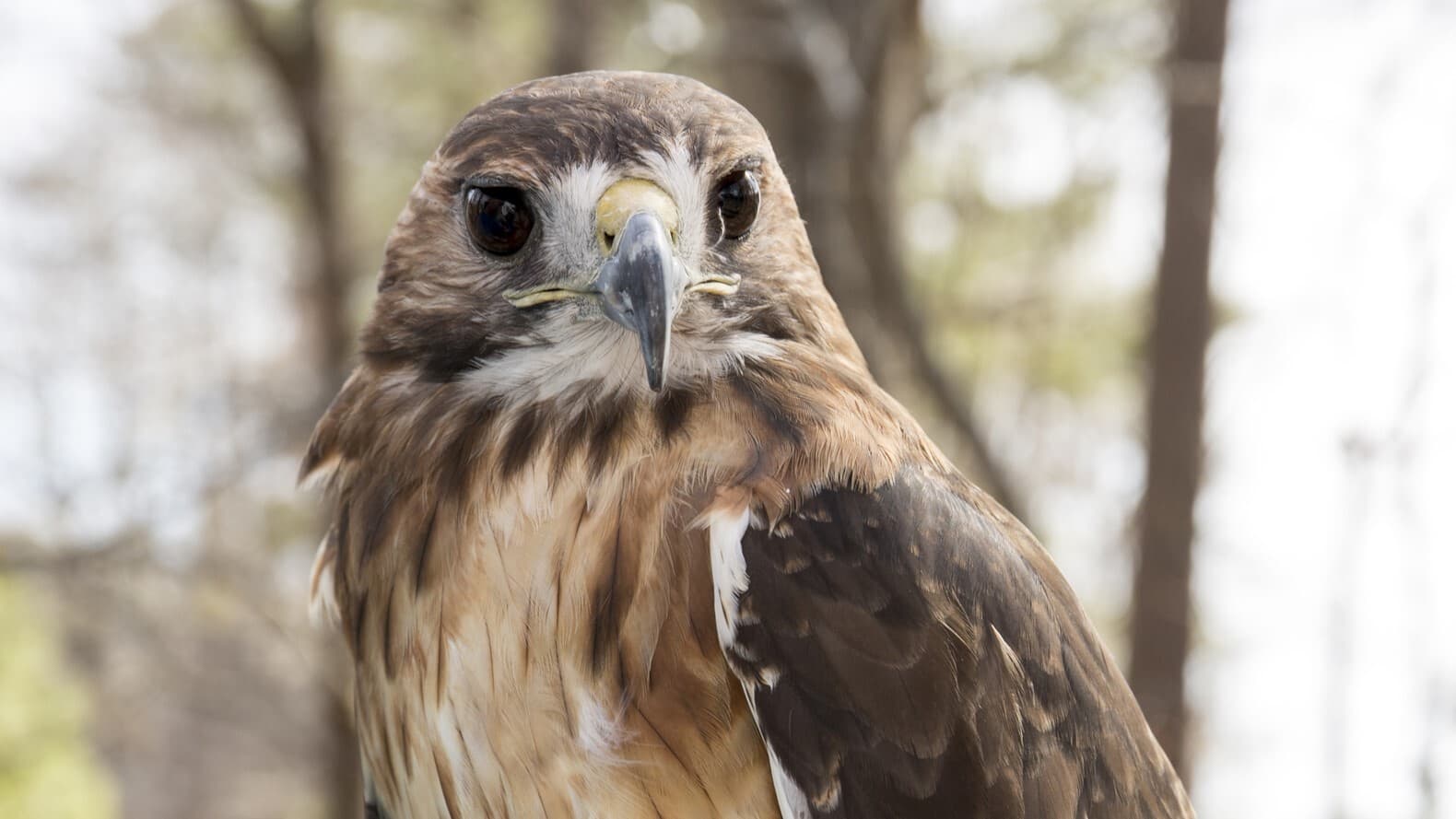
Hawk Conservancy Trust
The Hawk Conservancy Trust was founded in 1952 in Andover, England as a local attempt to gain public interest in birds of prey. Today, it produces conservation and research work on a global scale. With the cooperation of conservation organizations worldwide, the HCT delivers programs in research, education, and rehabilitation and generates awareness for birds of prey, their habitats, and the threats they face.
About the Hawk Conservancy
Komodo Dragon Conservation
Komodo dragons are the world's largest lizards, but their small, isolated island habitat makes the entire native population vulnerable to catastrophic events. The Indonesian-based Komodo Survival Program monitors Komodo populations, gathering and storing vital conservation data. Our Aquarium supports their program financially, by spreading awareness, and by helping to maintain viable populations should their native home range experience disaster.
About the Survival Program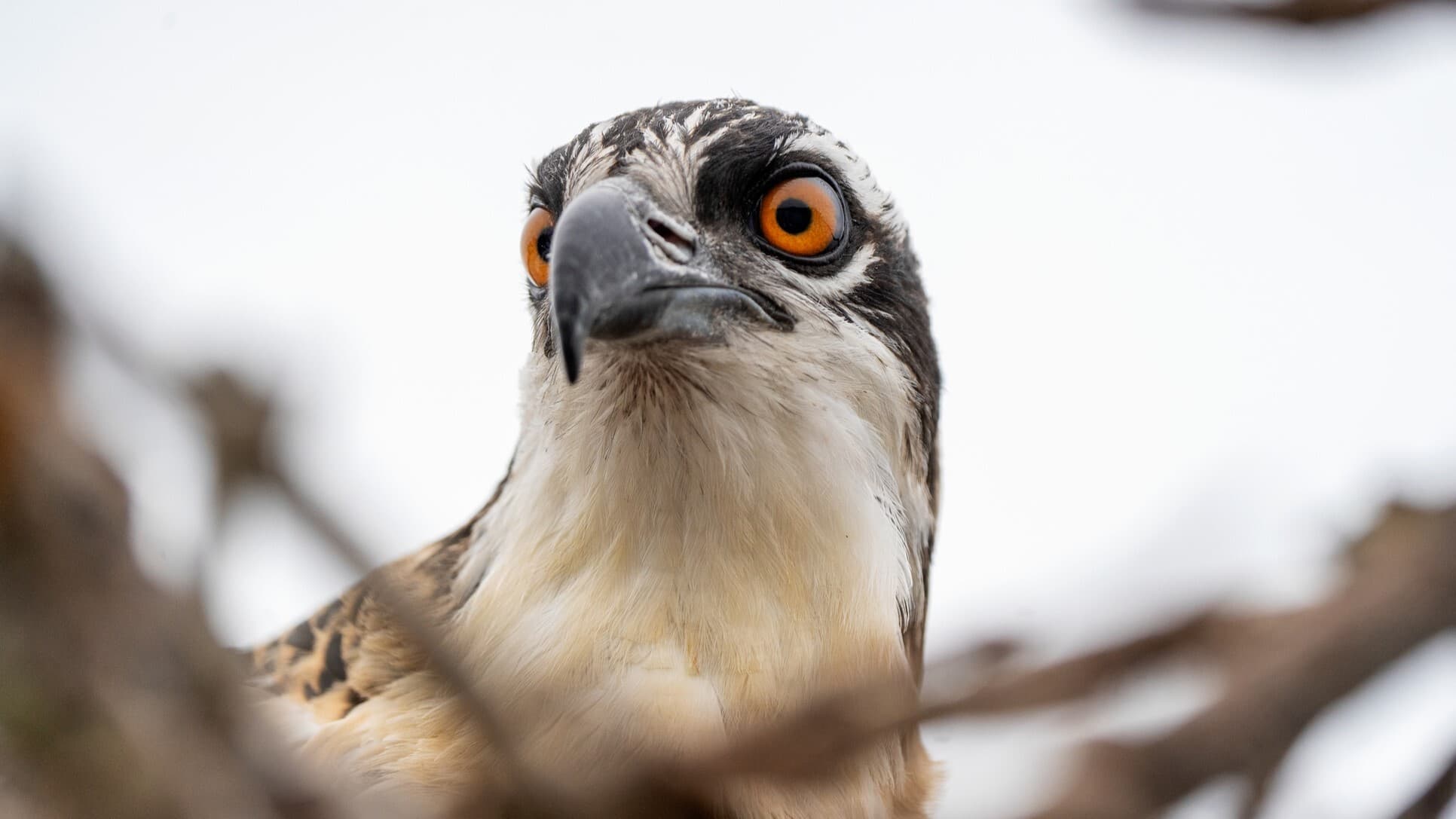
OspreyWatch
OspreyWatch is a global monitoring project where citizens and scientists collect data on breeding osprey. The Virginia Aquarium, along with local raptor expert Reese Lukei, works with the Center for Conservation Biology to monitor osprey nests and chicks throughout the breeding season on the Lynnhaven River, home to the largest population of breeding osprey. Citizens are encouraged to participate!
About Osprey Watch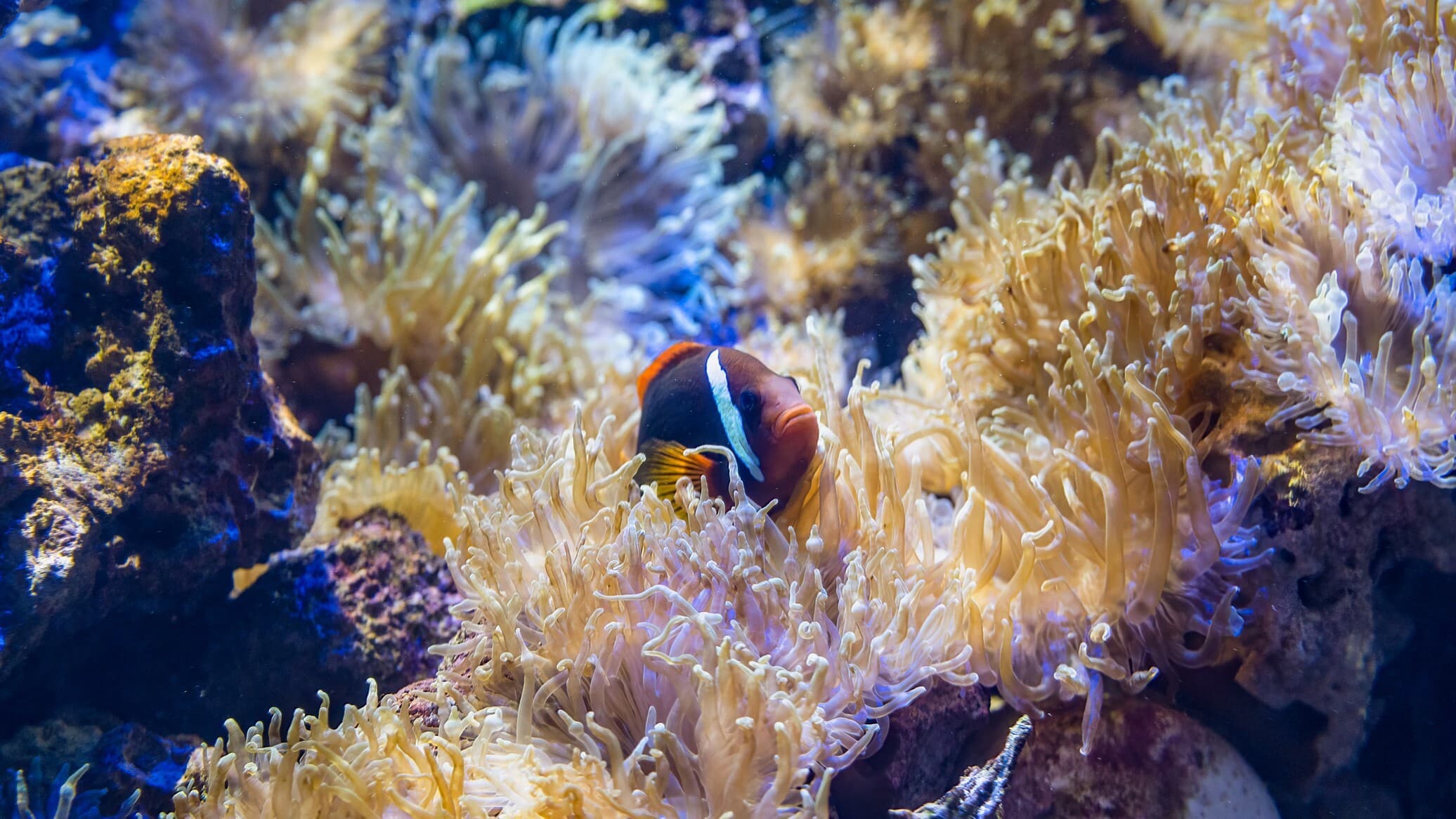
SECORE Coral Restoration
Our Aquarium is home to a variety of coral species, and our team recognizes the importance of healthy coral to healthy oceans. As a silver partner with SECORE (Sexual Coral Reproduction), we not only provide them with financial aid, but also field support for SECORE's research and other projects, such as their annual workshop in Curaçao.
About SECORE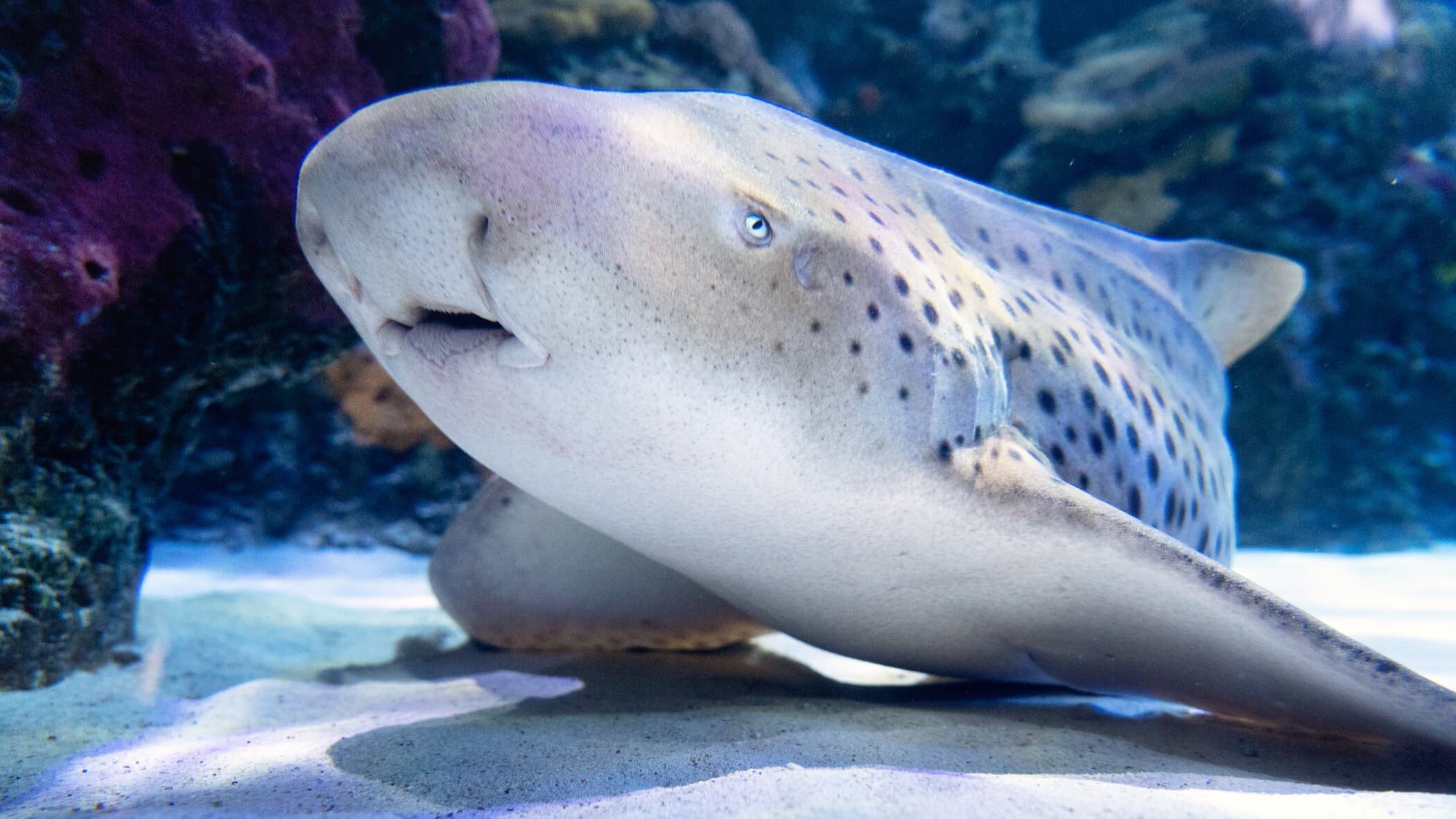
StAR Zebra Shark Project
Zebra sharks, once commonly spotted in the shallow reefs of Southeast Asia, are now locally extinct. The Stegostoma tigrinum Augmentation and Recovery (StAR) Project is a collaboration between conservation groups and AZA facilities, including the Virginia Aquarium, to establish healthy, self-sustaining zebra shark populations in the waters of Indonesia through strong breeding and juvenile release programs.
About StAR Project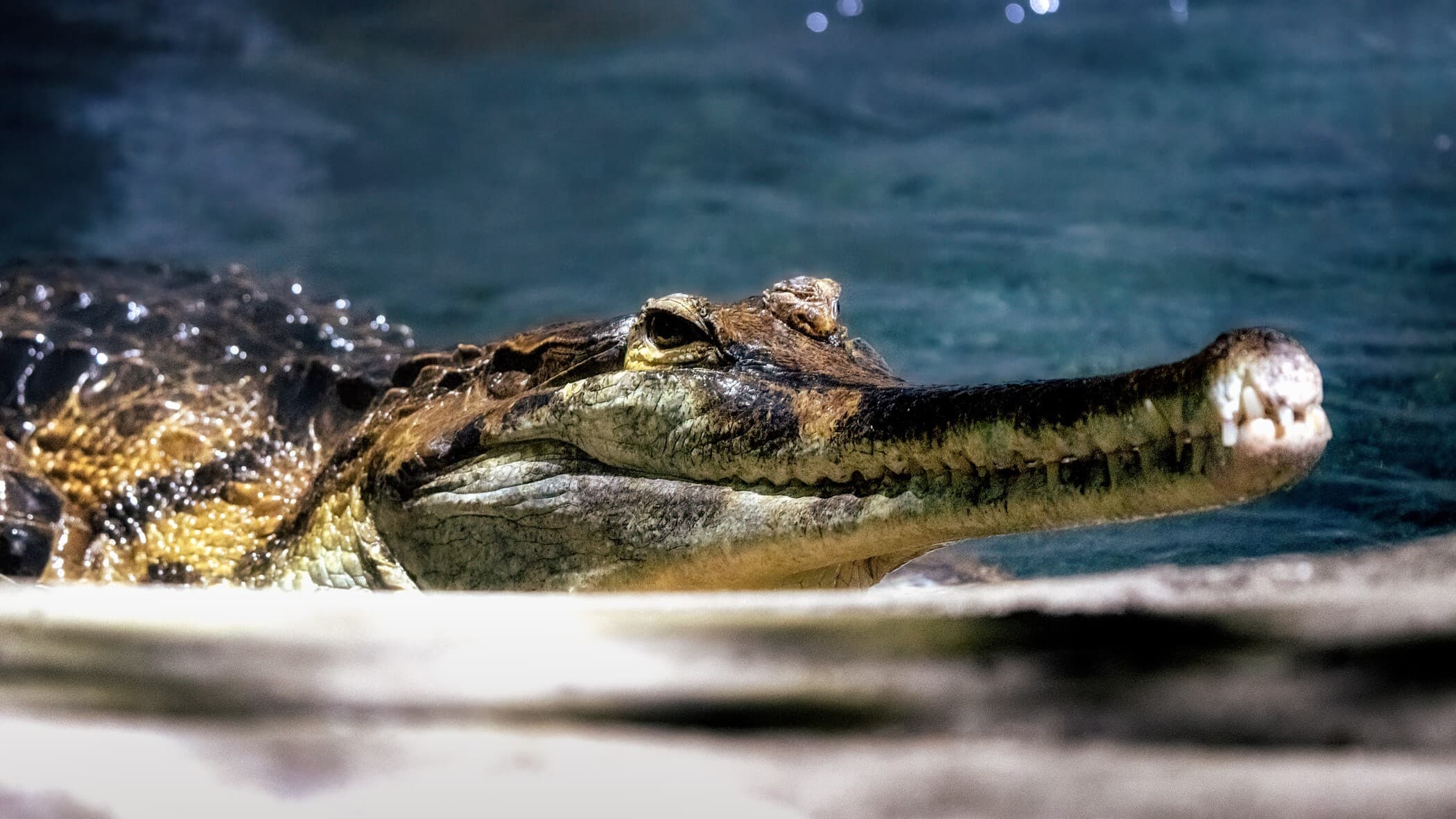
Tomistoma Task Force (IUCN CSG)
Once widespread throughout Southeast Asia, the Tomistoma, or false gharial, fell victim to severe habitat reduction from commercial use. Organizations like the Virginia Aquarium, which houses this crocodilian species, financially support conservation and research, establish husbandry guidelines, and promote the species to the public to raise awareness of these animals.
About the Crocodile Specialist Group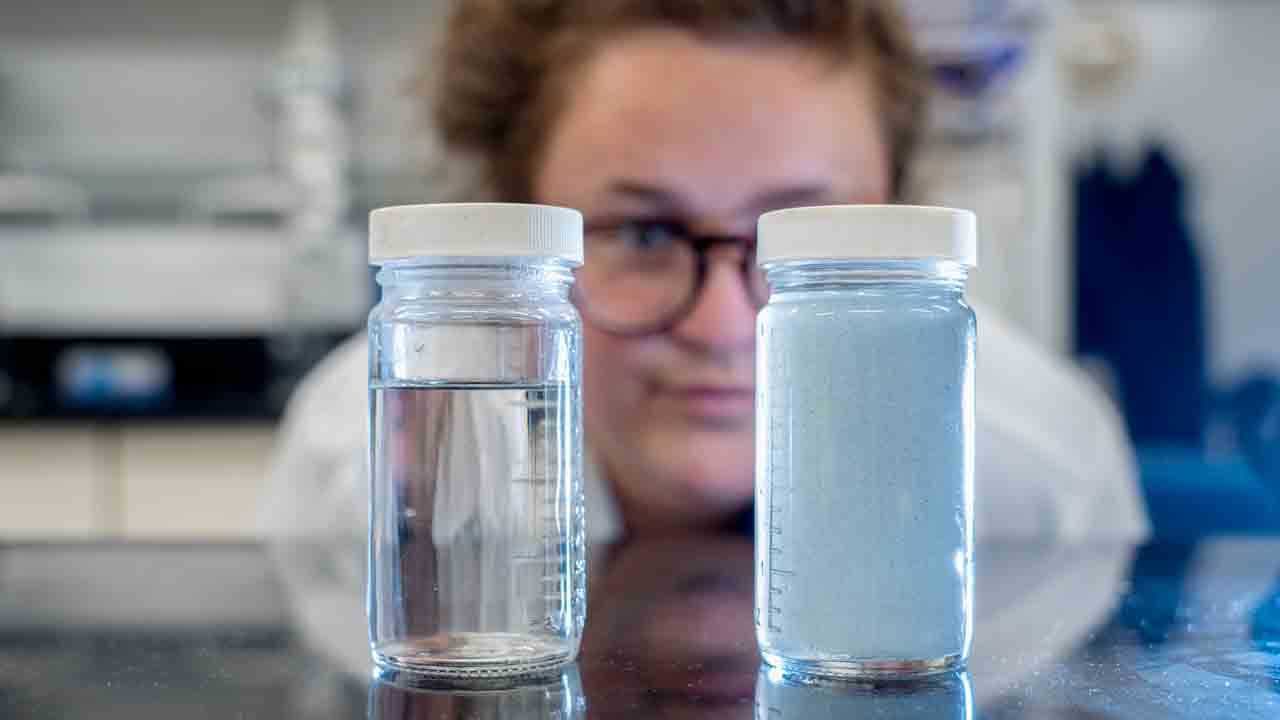
Water Quality Lab
Approved by the Commonwealth of Virginia's Department of Environmental Quality, the Virginia Aquarium's water quality lab can process water samples from community members interested in monitoring local waterways. You can participate as well!
About Water Quality